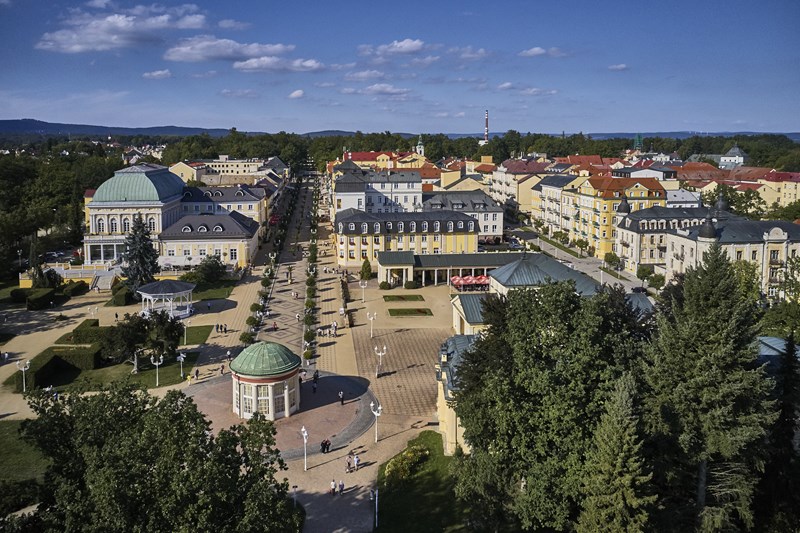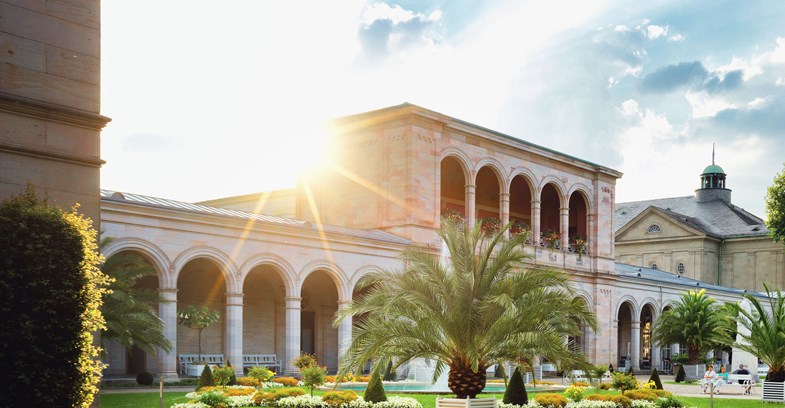Spa History
of Františkovy Lázně
Foundation of the Spa
Founded in the late 18th century, the town of Františkovy Lázně started growing in the immediate surroundings of the František Spring. The town's spa centre was surrounded by greenery from the beginning, laid out with 'English' parks where spa guests could stroll and distract themselves throughout the five or six weeks of their spa stay without getting weary. Gustav Wiedermann (1850-1914), mayor of the town, was responsible for modernising and beautifying the public spaces of Františkovy Lázně as we know them today.
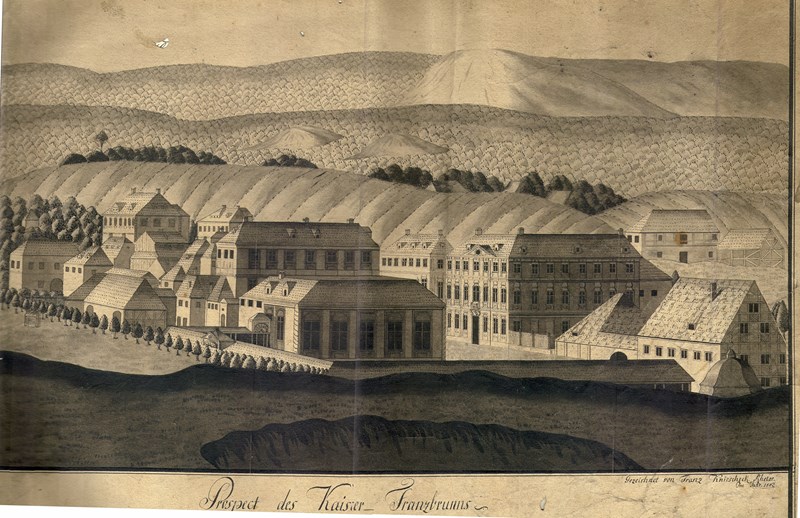
Therapeutic landscape
The original built-up area along Císařská Street, the present-day Národní Avenue was broadened by three parallel streets in the first half of the 19th century to form the layout of the spa centre, which is still preserved today. In its vicinity, various parks were founded from the very start. Prince Lobkowicz's gardener Martin Soukup was commissioned to work in Františkovy Lázně and his son Antonín later continued in his work by transforming the original French parks with hedges to more comfortable and 'modern' English-style parks. The rhododendrons creating romantic coves in the mature parks have been grown here since 1828.
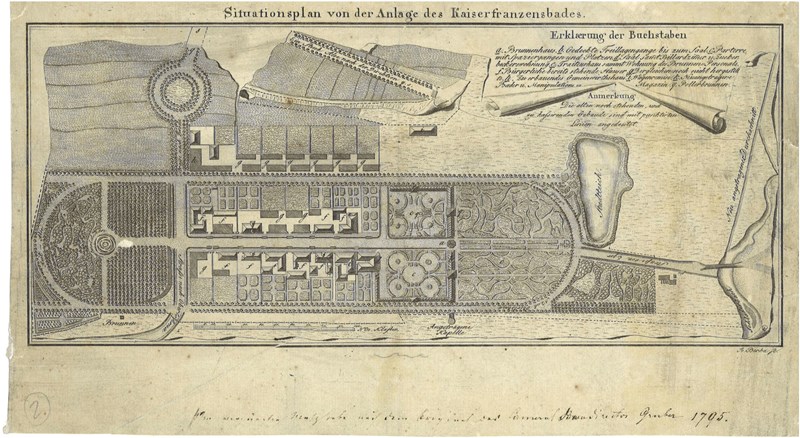
Turn of the 19th and 20th century
Františkovy Lázně's heyday was at the turn of the 19th and 20th century when the spa visit rate reached up to 20,000 patients and almost 80,000 spa tourists. A notable point was marked by the year 1865 when Františkovy Lázně, an independent municipality since 1852, became a town and was connected to the European railway network. During the first Czechoslovak Republic, the spa continued with rather modest development, especially in the period before the Great Depression. After World War II, the entire spa complex was nationalised and included among the assets of the national enterprise Československé státní lázně a zřídla (Czechoslovak State Spas and Springs).
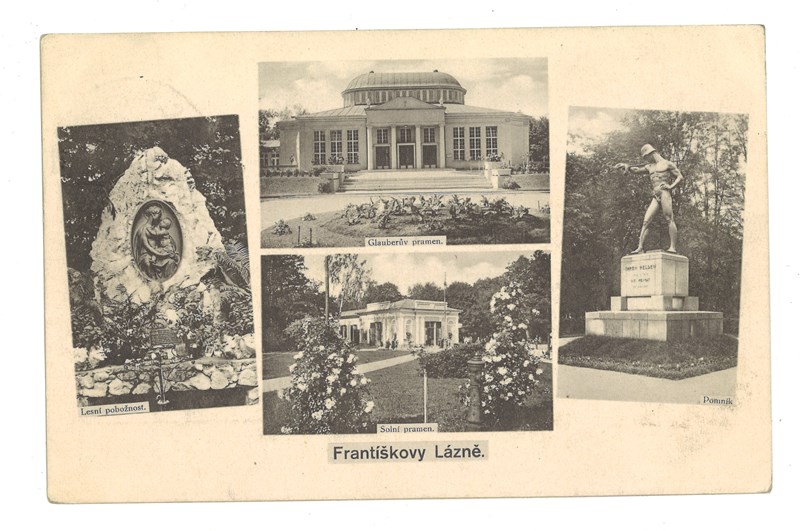
Urban Heritage Reservation
In 1992, the town centre of Františkovy Lázně was declared an Urban Heritage Reservation and, hand in hand with privatisation of public property, a completely new chapter of the history of the spa town began.
